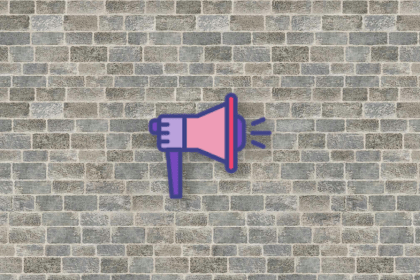
Brands like Amazon and Walmart have a product page design that sells itself. In this blog, I analyze how they do it and what you can learn from them.

A product evangelist educates the broader audience on what the product is about and how to get the most out of it.

Product segmentation refers to dividing your product offering into smaller groups of products that target different market segments.

Canva or Figma? In this blog, I research which tool fits your design needs for what — be it advanced interfaces or quick marketing assets.

User interviews are great — only if you don’t rush them. In this piece, I share how using debrief questions in research can help capture better insights and improve your interview process.

A great design work pitch is one that thinks business, tells stories, and wins stakeholders over before they know it. In this blog, I help you draft a pitch that does just that.

Sharing my list of all-star Webflow plugins so you can save time, work smarter, and boost your design game. Let them do the heavy lifting for you!

A killer homepage design for ecommerce sites can guide customers, boost sales, and enhance the user experience — so make sure your homepage is pulling its weight.

While you probably hear a lot about MVPs, two MVP concepts — a concierge and the Wizard of Oz — rarely receive much attention.

Buyer persona interviews provide valuable insights — assuming you time them right. Learn to find the right length for your interviews.

When PMs, designers, and devs share learnings, good ideas turn into great products. In this blog, I share how you can keep the wheels rolling smoothly in a product trio.

MMPs are a key step in successful new product launches, as they go beyond the user to assess the market and help ensure commercial success.